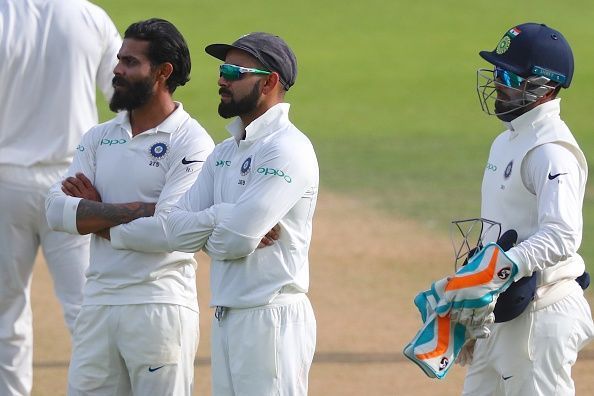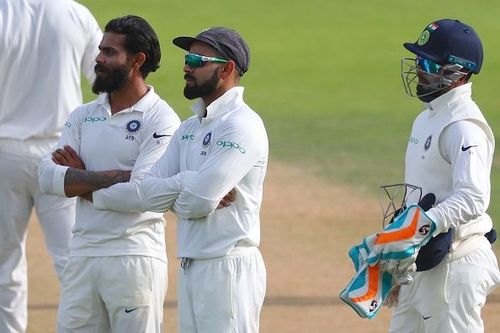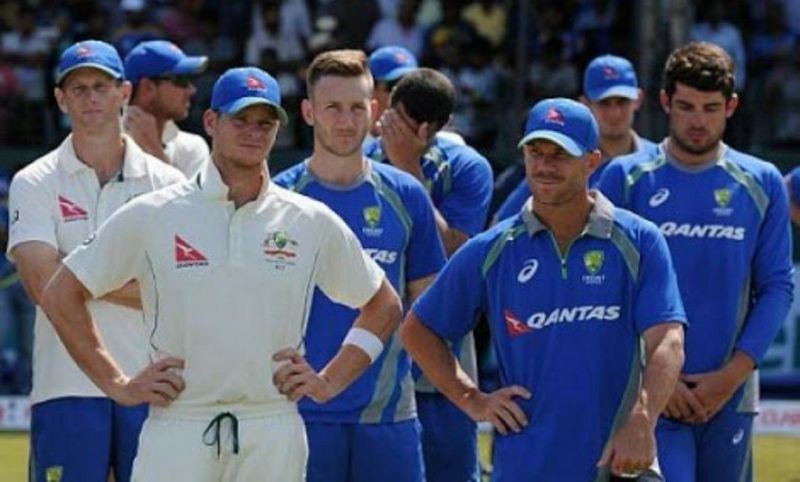
Test cricket: Imperative to change the growing home dominance

Home advantage is something every home team wants and it is fair enough. But to what extent? Should it compromise with the quality of the game? Should it be just enough to take an opposition victory out of the equation? Well, the questions are plenty, the doubts are never-ending and it is high time these questions are answered.
The win-loss ratio for an away team (among top seven teams excluding West Indies, Bangladesh and Zimbabwe) has been on a decline, a gradual decline it has been since the advent of the century. The beginning of the 21st century (2000 to 2004) saw an away win-loss ratio of 0.78 by the top 8 teams.
This was a significant increase from past decade, where the ratio remained 0.55 (among top eight teams, including West Indies). Test Cricket probably saw its healthiest period. Much credit goes to the invincible Aussies who won almost everywhere during this period, not only matches, but series too.
The away win-loss ratio started to take a downward slide the next five year period, i.e, between 2005-2009. Only 31 wins were recorded against 64 losses as compared to a 44-56 ratio between 2000 and 2004. The ratio fell alarmingly, 0.48 it was. But this was not the only bad phase for away teams. It was just the beginning of something worse. Since 2010, the ratio has further dropped to 0.37, including a 1-21 win-loss ratio in 2013.
It has now become almost a norm that home team will anyway win the series, and the away teams at best win a few games here and there, but not the series. Only one or at max two away series wins are seen per year, sometimes even none.
India are almost invincible at home, Australia have lost test series only to South Africa (twice) at home since 2011 and the same can be said about England and South Africa as well. Only New Zealand and Sri Lanka remain vulnerable at home and that too if we take conditions into account, both Sri Lanka New Zealand have been beaten by teams whose home conditions are similar. Pakistan playing at UAE have also dominated immensely during this period.
South Africa have proved to be the best touring nation in this period with 17 wins and 14 losses (since 2005). Also they are the only team to have a ratio greater than 1. They have won almost in every nation where spin did not make an impact. They are followed by Australia (0.68) and India (0.53), the only other teams to have a ratio more than 0.5 since 2005.
However, even the top three teams have struggled to win in conditions dissimilar to their home. SA have won 2 and lost 5 matches in India, the only country where they could not win a series in this period. India have 0.4 ratio in SA, 0.3 in England and 0.13 in Aus since 2005. Australia too have fared poorly in India, losing 10 and winning only 1 and that single win came in 2017 after 13 years.
The bad tourist tag is therefore not only limited to certain subcontinent teams, but to each and every test playing nation at the moment. Australia are below par in the subcontinent, losing 9 consecutive series to subcontinent teams away from home (lost even to Bangladesh in 2017), so are England and New Zealand. SA too have been found wanting on pitches assisting spin. India and Sri Lanka have struggled on pitches offering pace and bounce.
Neutral venues or no toss?

This downside of away win-loss ratio has to be ceased sooner than later, to bring more life to Test cricket. Whether it is the quality of teams or the conditions on offer or both which has led to this situation is something the ICC needs to ponder about.
One solution might be to conduct neutral Test series but then the problem of empty stands arises. Imagine something like a New Zealand vs Sri Lanka Test going on at Wankhede, or a Pakistan vs England Test at Galle. The stands would only be seen empty and the revenue will take a beating.
Another solution is to take the toss out of the equation. With the home team already having the home advantage, the away captain should be directly allowed to choose whether to bat or field. This might bring in more balance to the game.
Test cricket needs to be more balanced, needs more life in the contests. Series like the India-Australia in 2017, Sri Lanka-Pakistan in 2017 and South Africa-Australia in 2016 need to happen more often. For Test cricket to revive itself and gain back its viewers, the away teams need to fight better at least, if not win.